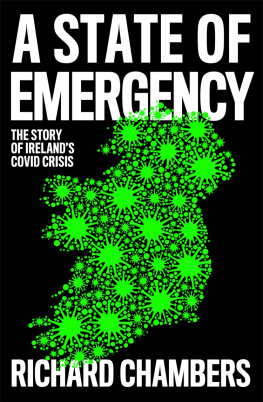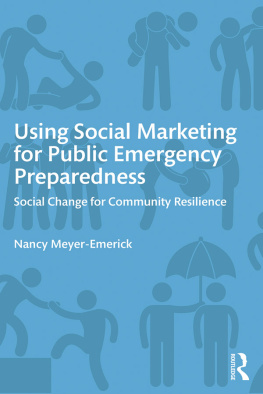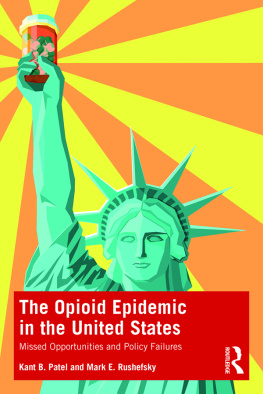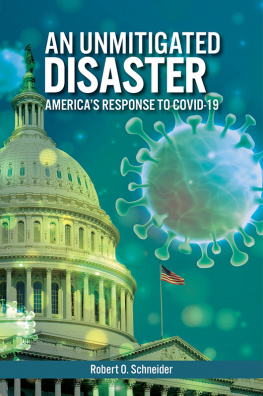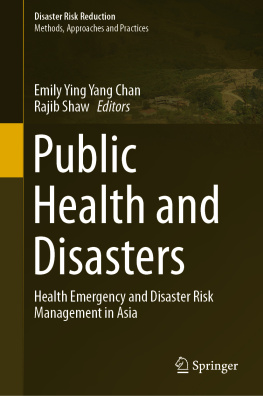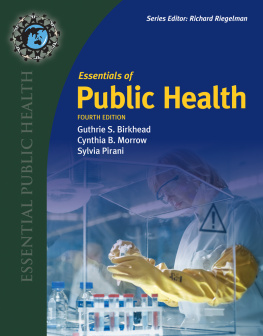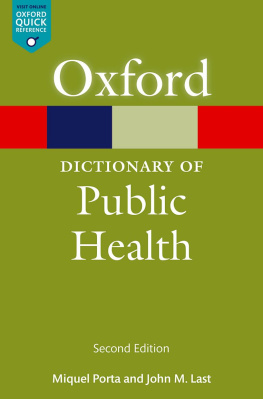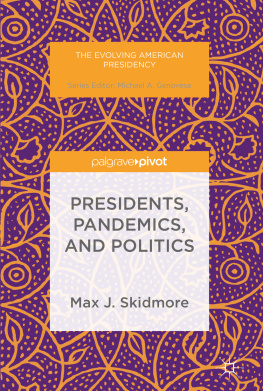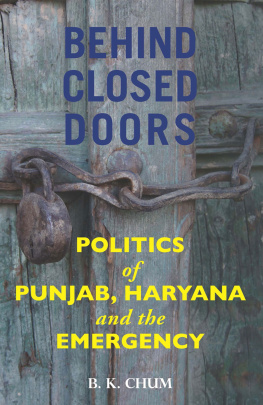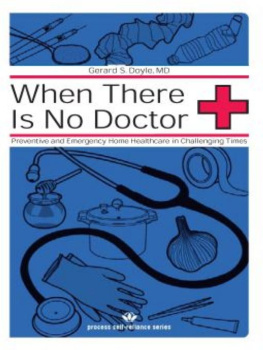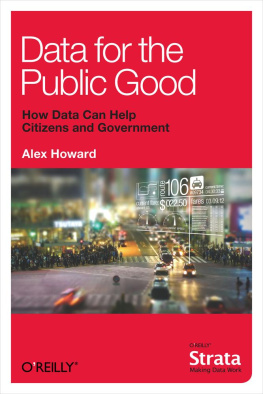A STATE OF EMERGENCY
The Story of Irelands Covid Crisis
Richard Chambers

HarperCollinsIreland
1st Floor, Watermarque Building, Ringsend Road
Dublin 4, Ireland
a division of
HarperCollinsPublishers
1 London Bridge Street
London SE1 9GF
UK
www.harpercollins.co.uk
First published by HarperCollinsIreland 2021
Copyright Richard Chambers 2021
Richard Chambers asserts the moral right to be identified as the author of this work.
Photographs courtesy of the author unless otherwise stated
A catalogue record of this book is available from the British Library.
All rights reserved under International and Pan-American Copyright Conventions. By payment of the required fees, you have been granted the non-exclusive, non-transferable right to access and read the text of this e-book on screen. No part of this text may be reproduced, transmitted, down-loaded, decompiled, reverse engineered, or stored in or introduced into any information storage and retrieval system, in any form or by any means, whether electronic or mechanical, now known or hereinafter invented, without the express written permission of HarperCollins.
Source ISBN: 9780008502829
Ebook Edition October 2021 ISBN: 9780008502836
Version: 2021-10-07
Dedicated to the healthcare workers who saved countless lives and in memory of those no longer with us.
Contents
Dillingers Restaurant, Ranelagh, 10 January 2020
Tony Holohan, his wife and two teenage children were in Dillingers in Ranelagh for dinner. Surrounded by the buzz of laughter and groups of young diners meeting over cocktails and craft beers, Holohan was preoccupied. He couldnt fully concentrate on the meal, digging at it with his fork, his mind wandering to what was happening in China. Hed read a medical journal article on clusters of pneumonia of unknown origin in Wuhan and he did not like what he was hearing. If something is going to knock us over, this is it.
By early January, Holohan, Irelands Chief Medical Officer (CMO), had casually contacted a number of his closest colleagues, a sounding board of experts working across the health sector who would tell him straight if they were worried about this siren blaring in the East. Hed call Cillian De Gascun, Director of the National Virus Reference Laboratory (NVRL) at University College Dublin (UCD); Ronan Glynn, Deputy CMO; Kevin Kelleher, Assistant National Director for Public Health at the Health Service Executive (HSE); and John Cuddihy, the interim leader of the Health Protection Surveillance Centre (HPSC).
Theyd have the odd chat in the evenings, talking about this new virus, what stood out to each of them, the links to a seafood market, the lack of transparency from China, the worrying signs of severe illness, the question mark around human-to-human transmission, and the fact that there was nobody in the world with any immunity to this thing.
The weekend of 2526 January, Holohan was down in Limerick for his sisters fiftieth birthday. On the way back to Dublin, with his daughter driving the car, he called his insiders once more. It had just dawned on him that firmer action was now needed.
Guys, I think we need to have a NPHET meeting. We need to formally organize.
NPHET, the National Public Health Emergency Team, was not a new construct. There had been a number of NPHETs before. There had been NPHETs for moments of concern including the H1N1 swine flu, and just the previous year, 2019, for the CPE superbug scare. This time was shaping up to be very different.
The meeting was held in the Department of Healths upstairs boardroom on 27 January. Eleven people attended, led by Holohan. As the officials came together, there was a touch of excitement in the air. Its always nice to be in the room, says Cillian De Gascun, who looked around the conference room high above central Dublin, as small talk filled the air. Officials chatted to each other before the meeting and on their way out. Some were familiar to each other, others were close colleagues whod served years together in health services. Agh, it could go the way of SARS or MERS, some officials reassured themselves; there was a feeling that even though we had convened, this could be a short-lived thing.
The gathering was short, a check-in more than a crisis engagement. An opportunity to get faces in the room together. Boxes were ticked. The HSEs Emergency Management office said it would have a sufficient supply of personal protective equipment (PPE) for the coming weeks, with contracts in place to access more should it be required.
It was a meeting few people took notice of. There was no media reporting of the convening of NPHET or the HSEs National Crisis Management Team for a number of days. All attention was on a hotly contested general election campaign. Politicians had yet to see the storm clouds gather.
* * * *
This one could get out of the bag.
Professor Mire Connolly had been around long enough to know that something different was happening here. The Galway woman is one of the foremost experts in emerging infectious diseases and pandemic preparedness in Ireland, or anywhere for that matter. She had worked for many years in a lead role with the World Health Organization (WHO) and few people have stacked up as many airmiles in tracking global disease threats and natural disasters shes been in Afghanistan, Kosovo, Iraq, Gaza, Uganda, Iran, Indonesia, to name just a few. In 2005, a New York Times profile interview focused on the emergency relief work that took her, and often her husband, Dr Mike Ryan, also of the WHO, across the globe, often in separate directions. It was dangerous work. Connolly was confronted by soldiers brandishing guns in East Timor who didnt understand her mission to hang mosquito traps. Cant you two ever stay in one place at the same time? her mother asked her in those days.
More than anyone else in the country, having led the PANDEM pandemic response project since leaving the WHO, she understands the risks of communicable diseases. What she heard in January did not sound at all good to her. The Christmas decorations were still up at home as she spoke with her old colleagues in Geneva the day after New Years Day. The rumblings were not encouraging. One colleague was particularly concerned about data coming from the WHOs office in Beijing. The alarm bells were already sounding for Connolly.
Governments and health departments around the world have tended to look at experts in emerging infectious diseases as shroud wavers. They had sounded the alarm about the swine flu H1N1 and the bird flu H5N1. The sky didnt fall. The world didnt cave when SARS arrived in 2003 or MERS in 2012. Neither did it take notice of the ominous sign that two novel coronaviruses had emerged in a ten-year period. There was little fear of a third.
The hope, and it was a hope, for the global community was that this new virus would go the way of SARS-1 and be controlled, contained, and moved on from within a matter of months.
The fundamental difference, says Connolly, was that with SARS, if you get infected on day zero and you become sick on day five, you have a week before you become infectious. With Covid, it became clear quite early on in the pandemic that there was transmission going on that wasnt symptomatic you were transmitting it before you were clinically unwell. If you get infected on day zero, you can end up transmitting the disease on day three and then you become sick on day five. Or you could be someone who doesnt get sick at all and manages to transmit the virus.

